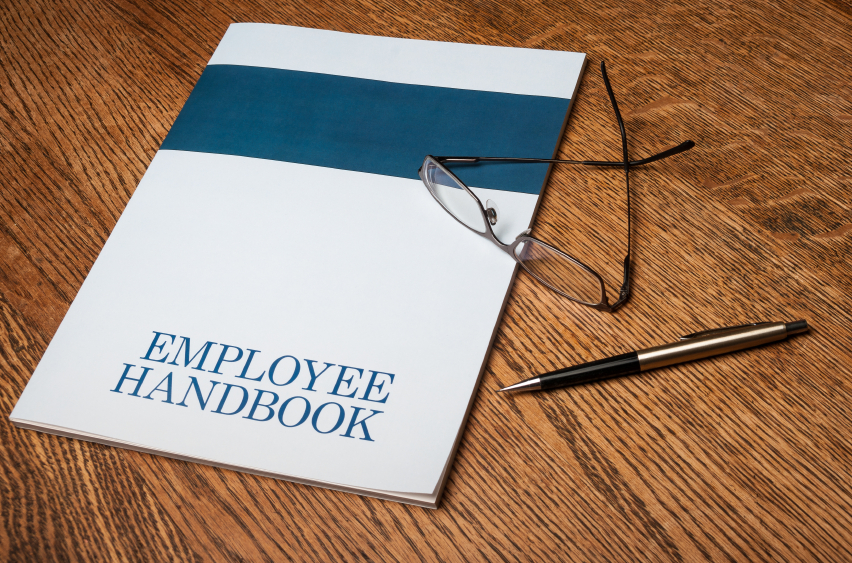NLRB RELAXES SCRUTINY ON HANDBOOK RULES
On June 6, 2018, the General Counsel for the National Labor Relations Board (NLRB) issued a memorandum outlining the NLRB’s enforcement position on employee handbook rules following the decision in The Boeing Co., 365 NLRB No. 154 (Dec. 14, 2017). The memo makes it clear that employers can expect less scrutiny and more freedom in crafting employee handbook rules.
The Boeing decision established a new standard that focuses on the balance between the rule’s negative impact on employees’ ability to exercise their rights under the National Labor Relations Act (NLRA) and the rule’s connection to employers’ right to maintain discipline and productivity in the workplace. Under this new standard, the NLRB will no longer find rules unlawful simply because they could be interpreted as covering potentially protected activities.
The Boeing decision also established three categories of handbook rules based upon the balance noted above. Category 1 rules are those that are generally lawful because (1) the rule, when reasonably interpreted, does not prohibit or interfere with the exercise of rights or (2) the potential adverse impact on protected rights is outweighed by the business justifications for the rule. Category 2 rules are those that must receive individualized consideration to determine whether the rule would interfere with protected rights, and if so, whether any adverse impact on those rights is outweighed by legitimate justifications. Category 3 rules are those that are unlawful because they restrict rights protected by the NLRA in a way that outweighs any justifications associated with them.

While the NLRB memo does not (and cannot) categorize every possible handbook rule that exists, it does provide guidance for many common workplace rules. As the NLRB does a case-by-case analysis, more rules will be categorized.
Category 1: Rules that are Generally Lawful to Maintain
- Civility Rules
- No Photography Rules and No Recording Rules
- Rules Against Insubordination, Non-Cooperation, or On-The-Job Conduct that Adversely Affects Operations
- Disruptive Behavior Rules
- Rules Protecting Confidential, Proprietary, and Customer Information or Documents
- Rules Against Defamation or Misrepresentation
- Rules Against Using Employer Logo or Intellectual Property
- Rules Requiring Authorization to Speak for Company
- Rules Banning Disloyalty, Nepotism, or Self-Enrichment
Category 2: Rules Warranting Individualized Scrutiny
- Broad Conflict-of-Interest Rules
- Confidentiality Rules Broadly Encompassing “Employer Business” or “Employee Information”
- Rules Regarding Disparagement or Criticism of the Employer
- Rules Regulating Use of the Employer’s Name
- Rules Generally Restricting Speaking to the Media or Third Parties
- Rules Banning Off-Duty Conduct That Might Harm the Employer
- Rules Against Making False or Inaccurate Statements
Category 3: Rules that are Unlawful to Maintain
- Confidentiality Rules Specifically Regarding Wage, Benefits, or Working Conditions
- Rules Against Joining Outside Organizations or Voting on Matters Concerning Employer
If you have not reviewed your employee handbook in a while, now would be a good opportunity to do so. Many provisions that you may have eliminated during the prior administration may be lawful again.
Employers are encouraged to review their employee handbooks at least annually to ensure they are compliant with the latest requirements under the NLRA and other federal and state employment laws. As a benefit of membership, NAE will review your employee handbook and suggest revisions as needed to ensure compliance. We also have a model employee handbook for member organizations to use.
Mailing List Sign Up Form
Fill out this mailing list sign up form to receive monthly email updates on the latest NAE news, HR issues, special events, training dates and more!
